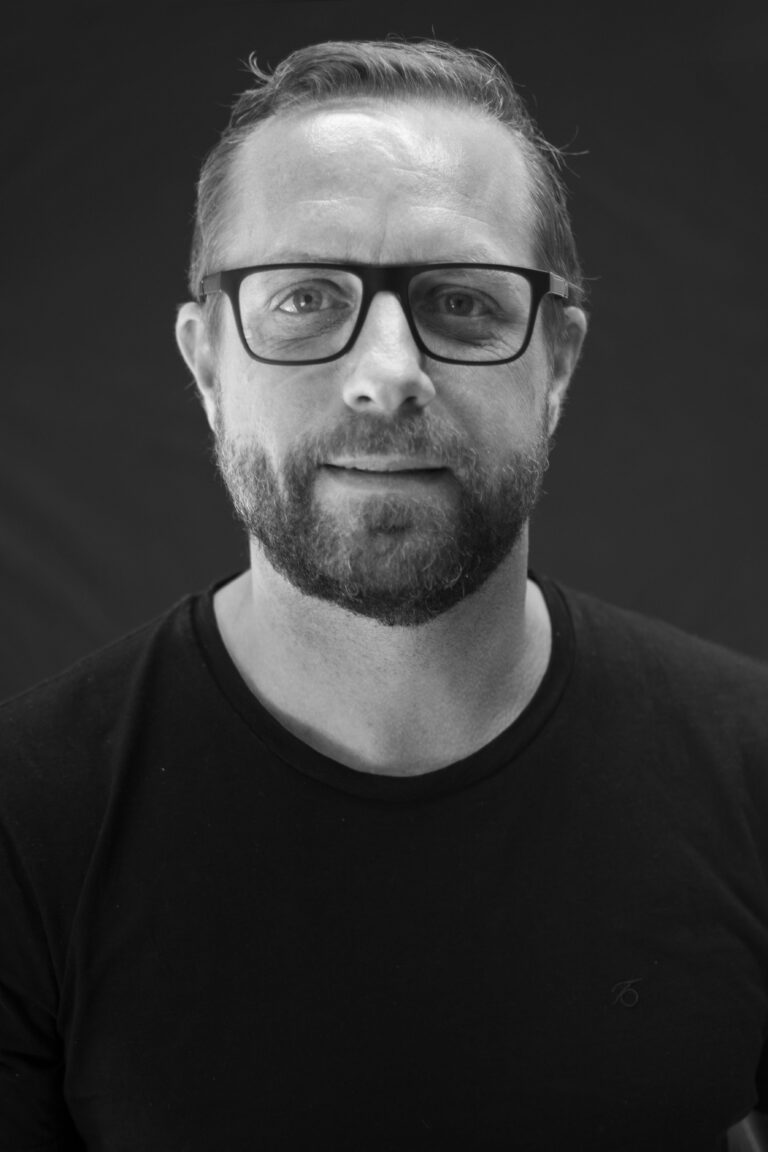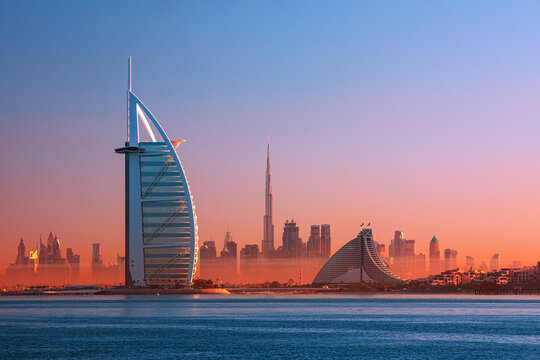Many countries, whether through exposure, considered brand management or repetition of excellence in a particular field, inspire thoughts of quality in certain products. If we think of Italy, fashion, furniture and cars come to mind. France, perfume, style and fine dining. Sweden, furniture design and safe cars. Switzerland, chocolate and watches. France is the perfume capital of the world and it is acknowledged that the French have the best ‘noses’ in the business, however, like the evolution of the watch industry in Switzerland and the evolution of the master craftsmen, these products and skills have had three hundred years to develop.
Through a history of craftmanship brands developed out of these areas some of which are still with us today, Ferrari, Chanel, IKEA, Volvo, Rolex and Lindt. Bearing in mind the brand creation came after the establishment of the place as an area of expertise. Alternatively, Japan was known for producing low-tech products in the eighties while Germany was the home-entertainment technology champion. Sony and the Japanese Government decided to reposition themselves as the master craftsmen of technology, which has resulted in our current perception that the best tech comes from the Far East, giving ‘Made in Japan’ a whole new meaning today.
As healthy competition would have it, Korea is now home to two of the world’s tech-giants, LG and Samsung. Interestingly Apple responded to the Far East as a giant in tech by branding their goods as ‘Designed in California’, thereby focusing the brand differentiation of a computer company back on design rather than technology specifications and reaffirming the US as a design centre; and we all know that the best designed user experiences come out of that region today, from Snapchat to Facebook.
In summary, certain countries and cities add value to products. e.g. Swiss watches and French perfume, whilst certain brand successes add value to their places of origin e.g. IKEA and Sweden or Apple and California. Recognised design capitals such as Barcelona, New York, Paris, Cape Town and London each have a unique design vernacular. There is a design attitude, cultural reference and a visual language that roots design to its place of origin. These cities have creatives who live and work in that environment and they are supported by suppliers, manufactures and craftsmen who can deliver on a designer’s vision. They also have a population that is engaged and sees the value add of good design to an environment and an economy.
Dubai is known throughout the world for its truly iconic buildings and we are the masters of creating effective clustered environments. The city is driven by visionary leadership at every level that inspires a future focussed approach to living and realises the necessity of design as a value differentiator. To deliver on this vision, we need to, as a community of designers and those involved in the creation of things, find the commercial opportunity, the cultural inspiration and the authentic relevance to this place to create products that achieve this collective sense of place.
We wonder, what are the designs and products that will define Dubai as a capital of unique, original and relevant design?


